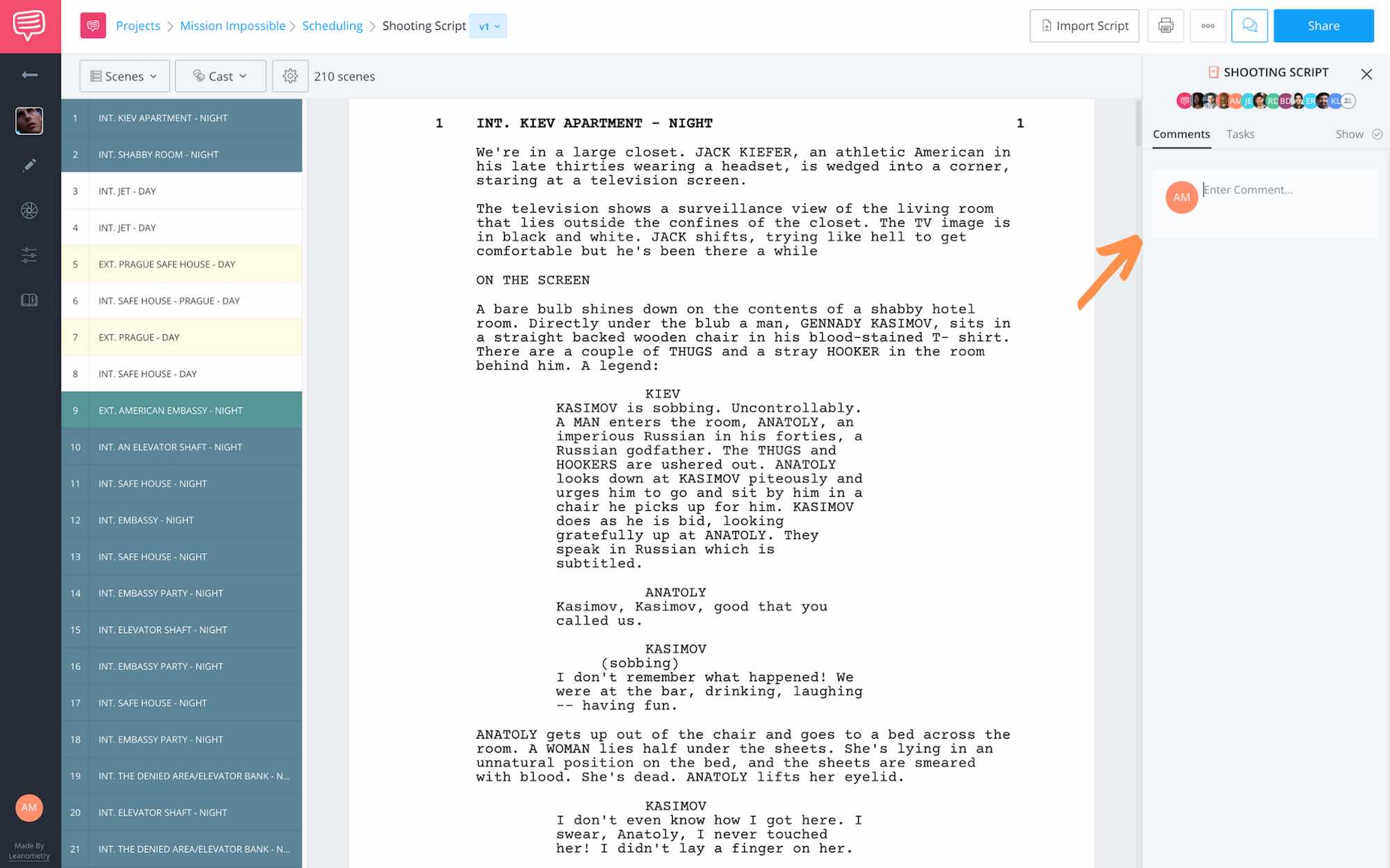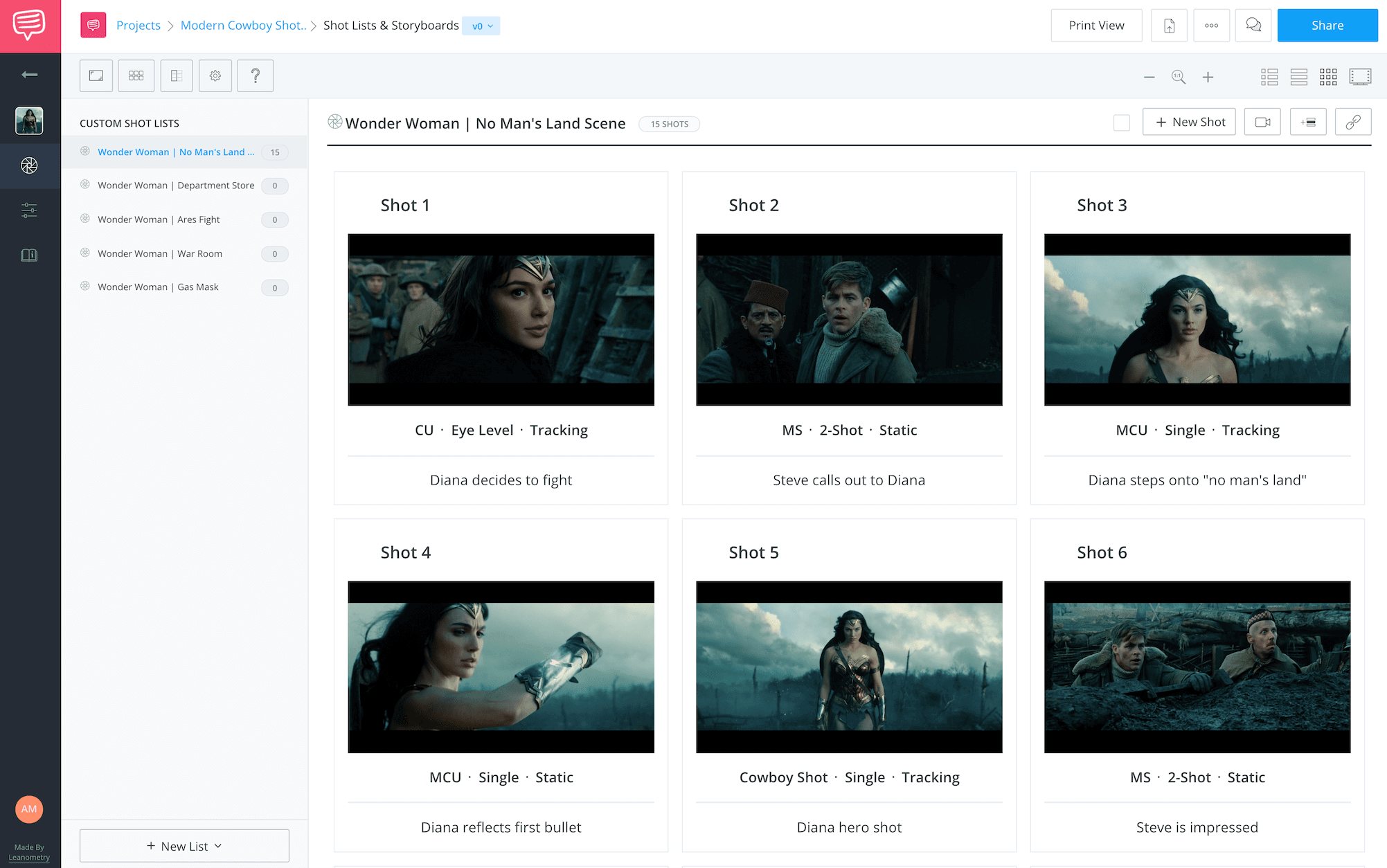
The 2003 remake of the 1969 movie, The Italian Job, starring Mark Wahlberg, Charlize Theron, and Edward Norton, took eight years to reach the production stage. The 1992 film, The Unforgiven, starring and directed by Clint Eastwood, took fifteen years from concept to production. Many scripts become dust collectors in an executive’s office and never see production. Studio executives meet with producers and screenwriters to discuss an original idea.
#Director vs. poducer movie#
In the case of books, film studios might purchase the rights to an author’s work to make it into a movie or television program. The idea for a film could originate from a novel or non-fiction book, and a screenplay created for television is a teleplay. The development stage might begin with a screenplay or script written by screenwriters for a film or television program. The work of a director typically is categorized into three areas: In 2000, there was an average of 185 crew members on a film – by 2018, it had increased to 280. The list can amount to hundreds when a movie ends with the lengthy scroll of people engaged in the film-everyone from the director and producers at the beginning to makeup artists and actors’ assistants. However, the director participates in all of these duties, as well as watching auditions, reviewing the script, working with sound technicians, and the music score. Unlike the orchestra conductor, the film director typically has many assistants involved in casting, the screenplay, filming locations, choice of camera operators, the cinematographer, special effects personnel, stunt people, and more. All of these roles are crucial for the performance.įilmmaking is the same. Like a symphony, many artists are involved in the production –musicians, leader, lighting technicians, sound engineers, and behind-the-scene production assistants.
#Director vs. poducer how to#
The band leader doesn’t need to know how to play all the instruments, but she/he must know how the music should sound for the particular composition.

However, the duties extend to controlling the film’s entire artistic and creative aspects, similar to the orchestra leader. The general public is most familiar with the work of a director with actors. Role of the DirectorĪ film, television program, or play director is in charge of all creative aspects of a production. The best way to appreciate the differences between a director and a technical director is to consider the essential elements of each. Nonetheless, most people don’t know the specific roles of a director and technical director, let alone the differences between the two.
#Director vs. poducer tv#
Another title for this person is director of photography.Īnyone who spends any time watching movies or TV shows has seen mention made of directors and technical directors in credits to these productions. The latter’s responsibilities are technical, as this individual’s goal is to capture the film director’s vision via lighting, camera movement, aspect ratio, shot size, focus, lenses, and camera placement. Infrequently do the director and the cinematographer take on both roles. The Academy of Motion Picture Arts and Sciences has no award for a technical director, and it does award an annual Best Cinematography that started in 1929.

Not all are household names like the previous ones for example, have you heard of Chloé Zhao or Bong Joon Ho? Perhaps not, but they won a Best Director Academy Award in 20, respectively. Most people know Steven Spielberg, Tim Burton, Quentin Tarantino, Martin Scorsese, Clint Eastwood, Woody Allen, James Cameron, and Joel and Ethan Coen. However, the director typically receives most of the glory and publicity in filmmaking. Theatrical productions also have directors and technical directors.

Two critical positions in a motion picture or television show are the director and technical director in the entertainment industry.


 0 kommentar(er)
0 kommentar(er)
